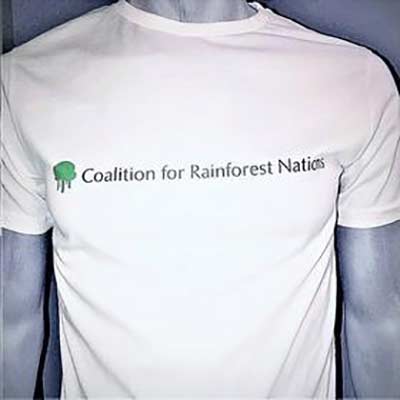
CfRN to offer Eswatini REDD+ technical training support
Last month, CfRN representatives met with government officials from Eswatini to offer technical assistance and help the country develop capacity on REDD+ and Greenhouse Gas Inventory (GHGI) reporting.
The overall goal of the project is to contribute to the assessment of Eswatini’s progress towards the objective of the UNFCCC and the Paris Agreement through improved GHG inventory (GHGI) reporting. In particular, the project aims to develop and institutionalize the capacities of Eswatini to prepare and report to the UNFCCC and the Paris Agreement on anthropogenic greenhouse gas (GHG) emissions and removals from the agriculture, forestry and other land use sectors (AFOLU).
Eswatini is a small landlocked kingdom bordered in the north, west, and south by South Africa and Mozambique in the east. Formerly known as Swaziland, and has both formal and informal conservation areas that protect the nation's rich biological diversity. These areas comprise about 5% of the country's land area.
There are six formal and more than ten informal protected areas in the country. These include: Malolotja Nature Reserve, Mantenga Nature Reserve, Mlawula Nature Reserve, Mlilwane Wildlife Sanctuary, Mkhaya Game Reserve, and Hlane Royal National Park.
There are known to be 507 bird species in Eswatini, including 11 globally threatened species and 107 mammal species native to Eswatini, including the critically endangered South-central black rhinoceros and seven other endangered or vulnerable species. Eswatini is rich in bird life, including white-backed vultures, white-headed, lappet-faced, and Cape vultures, raptors such as martial eagles, bateleurs, and long-crested eagles, and the southernmost nesting site of the marabou stork. It is also home to over 820 species of vertebrates and over 2400 species of plants, with many endemic species.
Land degradation and conversion to other land uses are the major threats to biodiversity, including plantation agriculture (legal and illegal), bush-clearing, the spread of alien and invasive plants, and unsustainable resource harvesting.
As part of the agreement, CfRN will be offering:
- Capacity building on institutional arrangements in preparation for the development of the GHG Inventory for the Forest and Other land use sector and REDD+ reporting documents (Forest Reference Levels and REDD+ technical Annex);
- Capacity building for the development of the GHG inventory,
- Capacity building on the use of the CfRN Land Use Assessment App and the CfRN Foundation Platform
- Development of an updated GHG Inventory for the Forest and Other land use sectors,
- Capacity building to improve land monitoring by increasing data quality as part of National GHGI;
- Capacity building for the preparation of National Inventory Reports as part of the upcoming Biennial Transparency Reports (BTRs)
The partnership was sealed through a letter of agreement, and work will begin this spring.


